By now, you have doubtless heard that Tony Stewart, who is easily one of the five biggest stars in the sport of NASCAR, struck and killed a young man named Kevin Ward Jr. during the course of a dirt track race on Saturday night. The undisputed facts are as follows: Stewart and Ward became entangled as they were going around a turn, causing Ward’s car to hit the wall and spin around on the track. Incensed, Ward left his car and stormed down the track, pointing angrily, to confront Stewart as his car drove by under caution. Ward was drug under Stewart’s car and flung down the track where he lay motionless; he was rushed to the hospital and declared dead on arrival.
I say that there are still many facts in dispute in spite of the fact that video exists of the incident in question. The video was taken via cell phone and shows the actual collision of Stewart’s car with Ward’s body with horrifying clarity. Unfortunately, it does not show enough other context to provide any useful information as to what might have been in Stewart’s head. You can see Ward moving down the track angrily pointing, the next second he vanishes under Stewart’s car that appears basically out of nowhere. I watched the video yesterday and the best thing I can say about it is that I am sorry I did. It was easily one of the most upsetting things I’ve ever seen and it brought me no closer to understanding the event. I will not include it here and will not link to it; if you want to watch it yourself you may Google it, but I would advise against doing so. Much has been made of the fact that you can hear a car throttle up immediately before Stewart’s enters the screen; however, there is no indication that this was Stewart’s car and even if so, that would be equally consistent with Stewart steering his car to avoid the driver in front of him who also appeared to barely miss Ward. It is also unclear from the video how much Stewart’s vision of Ward was obscured by this car.
Stewart now finds himself at the center of a massive controversy over whether he struck Ward on purpose, or at least intended to scare/buzz Ward for having the temerity to visibly challenge him. It would be fair to say that the controversy began in earnest when Sprint Car driver Tony Graves was quoted as follows:
Tyler Graves, a sprint-car racer and friend of Ward’s, told Sporting News in a phone interview that he was sitting in the Turn 1 grandstands and saw everything that happened.
“Tony pinched him into the frontstretch wall, a racing thing,” Graves said. “The right rear tire went down, he spun on the exit of (Turn) 2. They threw the caution and everything was toned down. Kevin got out of his car. … He was throwing his arms up all over the place at Tony for most of the corner.
“I know Tony could see him. I know how you can see out of these cars. When Tony got close to him, he hit the throttle. When you hit a throttle on a sprint car, the car sets sideways. It set sideways, the right rear tire hit Kevin, Kevin was sucked underneath and was stuck under it for a second or two and then it threw him about 50 yards.”
Since Graves’ comments were publicized, virtually the entire Internet has condemned Stewart for acting with malice. Graves’ comments as an eyewitness are certainly to be accorded some weight at least with respect to the source of the throttling noise that can be heard in the video; however, Graves has no special view into the mind of Tony Stewart, and while he might know what it is possible to see out the windshield of these cars generally, he cannot speak definitively to the extent of obstruction presented by the car in front of Stewart or where Stewart’s attention at that particular moment was directed.
After having absorbed the totality of the objectively available evidence on this situation, the only reasonable conclusion that can be drawn is that only Tony Stewart knows for sure what was on Tony Stewart’s mind as his car careened into Kevin Ward Jr. Stewart’s team’s statement on the matter refers only to the fact that it was an “accident”; however, not all “accidents” are created equal. An “accident” could still involve Stewart intending to scare Ward and accidentally striking him, which would still involve at least reckless disregard on Stewart’s part for the safety of Ward.
I think if Tony Stewart is capable of such self-reflection, he might well ask himself how he came to this place where a large portion of America has jumped to the conclusion that he either intentionally or recklessly killed one of his fellow drivers even in the absence of objective evidence to support this conclusion. Last week Ace of Spades made a very salient point about the way people draw conclusions in these highly charged emotional situations where facts are scarce:
Not knowing is usually the worst state of mind a person can be in. It creates a lot of anxiety. Once someone knows, they know the right way forward. But when they don’t know, they’re stuck in a gray bog. Can’t move forward, daren’t move back.
[W]hen people don’t know the facts, they tend to rely on their hunches and gut instincts to provide answers, and strangely (I keep observing this; it’s my pet theory) people tend to invest their hunches and gut instincts with a great deal more emotional backstop than their facts.
That is, when people suspect but do not know, they become more emotional about a claim than they would if they knew it with 100% certainty.
Into this context comes the totality of Tony Stewart’s career. I feel confident in saying that Stewart is nearly alone (with the possible exception of Kurt Busch) among NASCAR drivers in terms of having so many people jump on the bandwagon against him. If Matt Kenseth or Jimmie Johnson had run over Ward, almost no one would be even asking these questions right now.
Tony Stewart has always been, in a sense, his own worst enemy. An insanely talented driver and an admirably shrewd businessman, Stewart has throughout his entire career struggled and failed to control an internal boiling rage that at times has seemed to have no basis in reasonable stimuli. Stewart has always occupied the pantheon of homicidally competitive athletes along with Michael Jordan and… well, maybe no one else, really. But whereas throughout his playing career Jordan was able to hide behind a winning smile and a shrewdly managed public persona, Stewart has never been able to hide the fact that he is always about fifteen seconds away from making a huge mistake either with his car or with his mouth. The first NASCAR race I ever watched start to finish was the 2006 Daytona 500, a race that was most notable in my mind for this incident (after Stewart had spent all week lecturing NASCAR about track safety):
[youtube]https://www.youtube.com/watch?v=MADH0QQ13xo[/youtube]
NASCAR drivers of necessity have a different ethic than you or I would in terms of acceptable levels of contact between cars traveling at high velocity. If you cannot take at least some level of risk of making contact with another race car during the course of making a pass or going through a turn, you cannot win. That said, the level of callous disregard shown above is truly nearly unique in the NASCAR world both in terms of the obviousness with which Stewart acted and the clear intent to knock Kenseth’s car out of the race (as opposed to just “scraping” or “rubbing” him).
Neither was this an isolated incident in Stewart’s racing career – here he is seen very obviously intentionally wrecking Clint Bowyer at Pocono:
[youtube]https://www.youtube.com/watch?v=PK_3fjoogIo[/youtube]
And Brian Vickers at Infineon:
[youtube]https://www.youtube.com/watch?v=qSRIwUgeqaQ[/youtube]
The list, really, could go on, but you get the point.
Note that none of these circumstances did Stewart deny that he intentionally wrecked his fellow competitors or express remorse for having put their health or careers in deliberate danger. Rather he has regularly admitted to having done so and blamed the victims of his actions for real or imaginary slights on the racetrack. Stewart’s entire career and public persona has been to bristle and belittle anyone who has dared challenge him. This is a pattern in Stewart’s career that was well known and cemented before this fatal wreck. As noted by long time NASCAR writer Jay Hart last year:
So Tony Stewart is going to “bust [Joey Logano‘s] a**” for blocking him on the final restart of Sunday’s Auto Club 400.
What a hypocrite.
It was just a few years ago at Talladega when Stewart blocked Regan Smith, forcing him below the yellow line and almost into the infield, all in an effort to keep Smith from winning the race.
“Dumb little [expletive] runs us clear down to the infield. He wants to [expletive] about everybody else. He’s the one who drives like a [expletive]. I’m going to bust his a**.”
Regan Smith? Nope, that was Stewart after Sunday’s race when Logano, trying to win the race, blocked him.
If there’s anything we’ve learned over the years it’s that Tony Stewart is rarely in the wrong. He wasn’t when he spun Matt Kenseth in the 2006 Daytona 500, a wreck that nearly got Kenseth T-boned by a trailing car going 200 mph; he wasn’t wrong when he wrecked Clint Bowyer at Pocono later that same year; he wasn’t wrong when he wrecked Boris Said at Watkins Glen in 2010; he wasn’t wrong when he wrecked Kenseth last year at Bristol.
If only there were more time.
Throughout all of this Stewart has maintained a loyal fan base. Racing as a sport is perhaps uniquely conducive to attracting fans who appreciate a villain or at least a rebel and so Stewart has always had enough loyal partisans to keep the sponsors happy and thus keep him in well equipped race cars.
This Ward incident, however, presents a completely different kind of challenge. Being a villain who causes wrecks on a racetrack with other cars will be tolerated by race fans – being a villain who literally killed a guy – either intentionally or recklessly – is a completely different question. Ray Lewis was always a loudmouth jerk but on that fateful night in Atlanta, he became something else. And whereas in the NFL and other team sports a villain can be hid on a team that survives on television revenue, NASCAR racers depend to a unique degree on sponsor goodwill and dollars, which is driven to a very large degree by driver popularity. If Tony Stewart loses fans who are willing to buy his sponsors’ products, his racing team will collapse, he will be forced to race with inferior equipment, and no amount of talent will save him.
Ironically, in Stewart’s long history of blaming the victims of his outbursts of on-track rage, this may be the one time that he has a legitimate point. There is no reason – good or otherwise – for Ward to have been out of his car attempting to confront Stewart on the track. In doing so, Ward took an unacceptable risk with respect to his own safety that was in turn sparked by his own temper – a fact that is not changed by the testimony of the other drivers in this particular circuit that Ward’s behavior was relatively commonplace. And yet, even Tony Stewart must realize that to take his usual tack of brusquely and rudely blaming Ward for what happened to him would be a career-ending move at this juncture.
In this, the first real crisis of his career, Tony Stewart could really stand to receive the benefit of the doubt from… someone. Instead he finds himself widely vilified and the recipient of comments like this from driver Paul Kinney, who was on the track when the wreck occurred:
“That’s obviously not a racing incident,” he said. “It’s not a good idea to get out of your car and run towards other cars. But nobody can speak for Tony. Only Tony knows exactly what happened.”
Still, he said: “I seen Kevin clear as day. Nobody else ran into him, either.”
Tony Stewart is doing the smart thing right now by not getting back in his race car. No doubt if this was any part accidental, which it doubtless was, Stewart is probably not in an emotional position to race. Eventually, however, he will presumably want to climb back behind the wheel and partake of the only activity which seems to make him happy. Fair or not, on that day, Tony Stewart’s behavior throughout his entire career will likely make his reception on his return a very difficult one. It may be a long time, if ever, before he is forgiven by many who counted themselves among his fans – especially since what he is facing is largely an emotional response based on innuendo and information gaps filled in with the sins of his past.
If he is to recover, Tony Stewart may have to become a different version of Tony Stewart than anyone has ever seen before – and one wonders whether “apologetic” or “contrite” are even within Stewart’s possible repertoire. But for the sake of his career, he might begin practicing them in the mirror.




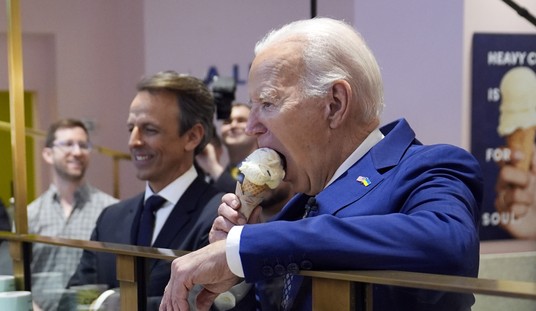

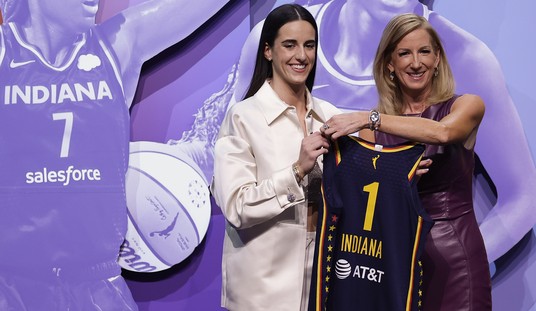
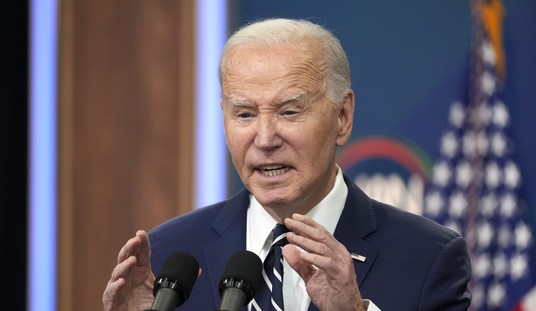
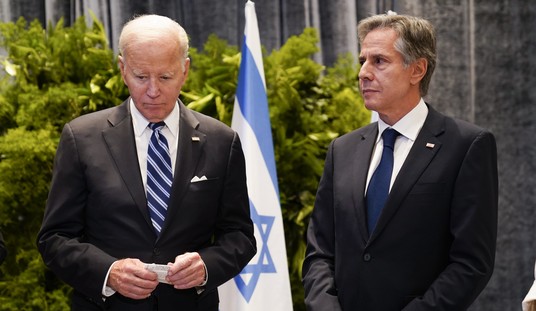

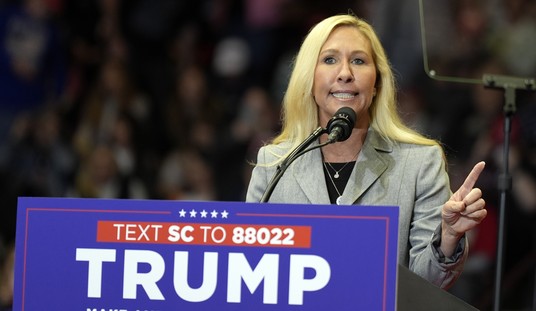



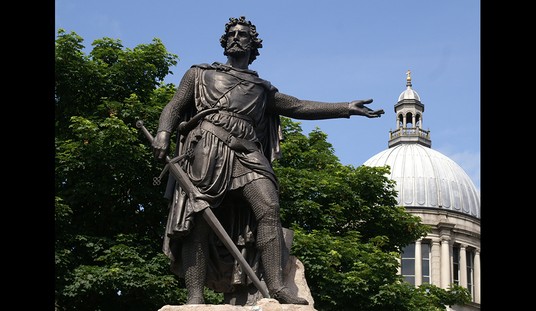
Join the conversation as a VIP Member